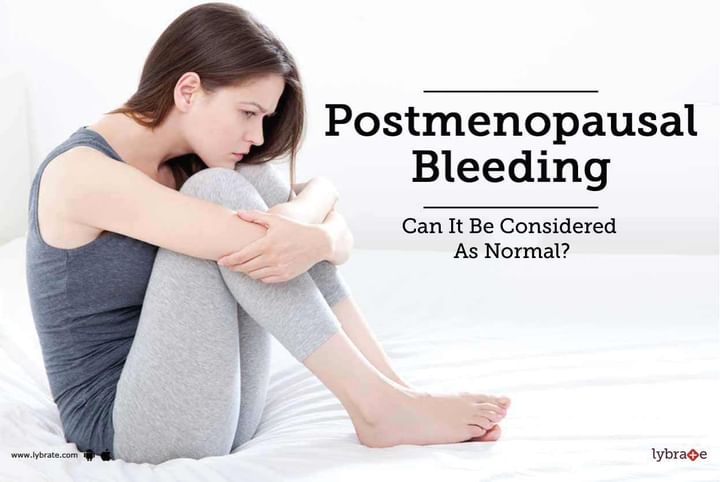Postmenopausal Bleeding - Can It Be Considered As Normal?
Most women attain menopause between the ages of late 40s and early 60s, the average age being about 51. This is an important milestone in a women-s gynecological history. One major change is altered female hormone levels, and this leads to a lot of physiological changes. From hot flashes to mood swings, there is also increased predisposition to osteoporosis and uterine cancer.
If you have not had your menstrual cycles for close to 12 months, chances are you are into menopause. So, that means absolutely no vaginal bleeding anymore whatsoever. However, if you experience bleeding, even spotting, be on the alert. It is not normal and needs to be examined, and if required, diagnosed and treated.
Postmenopausal bleeding or PMB as it is popularly called can be due to a variety of reasons. While it could be something as trivial as inflammation of the uterine or vaginal lining, it could also be an indication of more severe issues like cancer.
- Atrophic vaginitis - Decreasing hormonal levels lead to increased dryness and therefore inflammation of the vaginal and uterine tissue. This is one of the common causes of bleeding after menopause.
- Endometrial atrophy - Also caused by lower hormone levels, the lining of the body of the uterus gradually thins down and can get inflamed.
- Polyps - Noncancerous growths in the uterus, cervix, vulva, or vagina can also lead to bleeding
- Infections - General infection of any area along the uterine tract could lead to occasional bleeding
- Cancers - Though only 1 in 10 PMB cases turn out to be cancers, the prognosis improves with early diagnosis and intervention.
Diagnosis
As repeated above, reach out to your doctor if you notice postmenopausal bleeding. Diagnostic methods could include the following:
- Physical exam
- Transvaginal ultrasound
- Endometrial biopsy
- Hysteroscopy
- Dilatation and Curettage
Treatment
- Needless to say, this would depend on the diagnosis.
- For very minor cases with diagnosis like altered hormone levels, no treatment may be required other than modification of the hormone replacement therapy.
- For endometrial atrophy and atrophic vaginitis, use of estrogen creams and pessaries would be sufficient.
- Polyps would require removal followed by cauterization (application of slight heat) to stop the bleeding.
- Cancer - this would depend on the type and location and require a combination of chemotherapy and surgery. Removal of the uterus also may be required in some cases.
So, if you have had bleeding of any sort after ayear of menopause, do not ignore it.



+1.svg)
